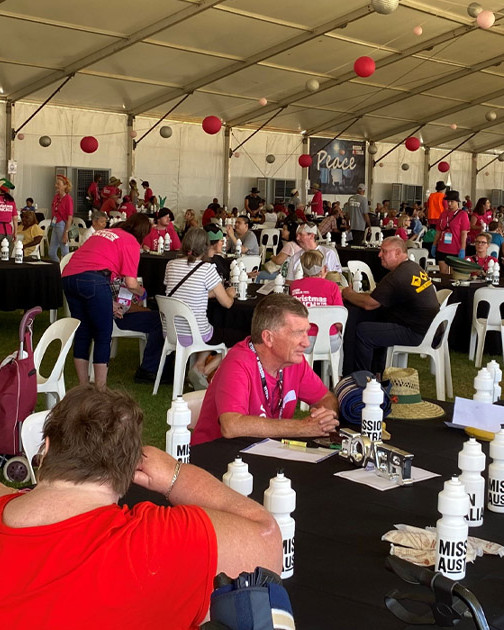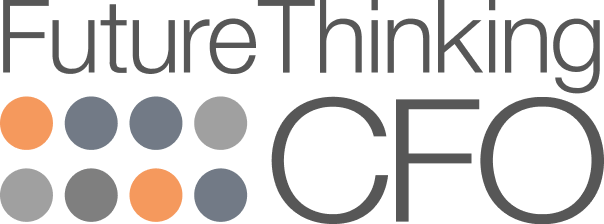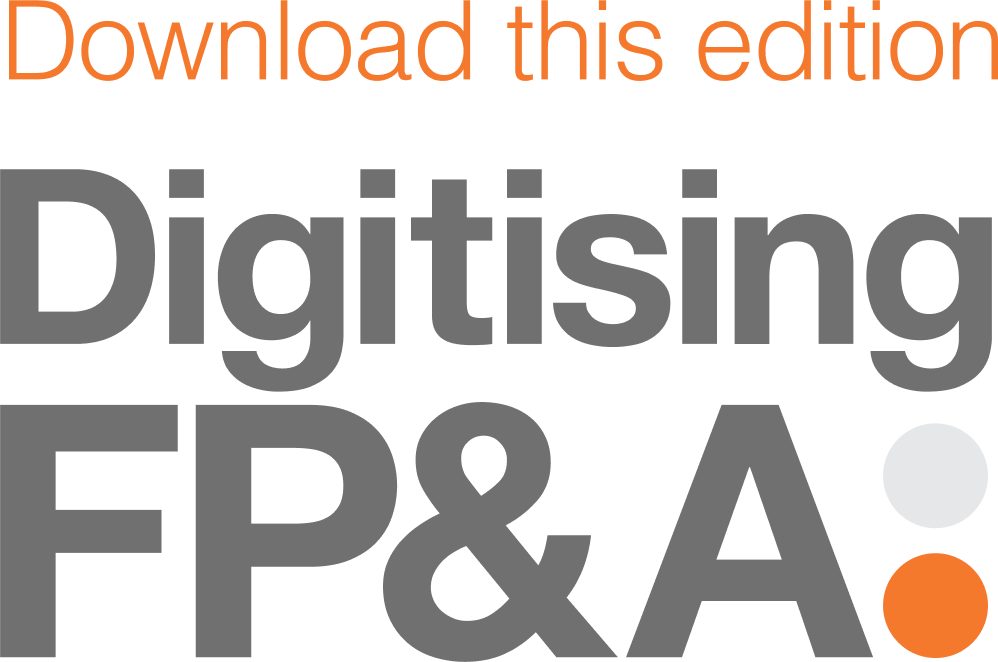DELIVERING NEW HORIZONS
Mission Australia
Mission Australia is a national Christian charity motivated by a shared vision, for all Australians, where everyone has a safe home and can thrive. Since 1859, we’ve been standing alongside people in need across Australia, offering real hope that has lasting impact. Backed by our supporters, churches, partners government and other funders, we work together for the long-term wellbeing of anyone who needs us.

Faced with the limitations of an outdated budgeting and forecasting tool, Mission Australia embarked on a strategic journey to revamp its financial planning and analysis processes. The organisation sought a solution that not only addressed the immediate challenges of an end-of-life system but also aligned with its evolving business needs in a complex and dynamic sector.
The pre-existing system was fraught with inefficiencies, required extensive manual workarounds and depended heavily on a single staff member for financial reporting.
“Our old system was no longer fit for purpose and was end of life… It took us quite an extensive amount of time to even set up a budgeting and forecasting model,” Antonia Scorciapino, GM Finance Business Partners, highlighted the state of affairs before the transformation.
The drive for a new cloud-based planning tool (enterprise performance management – EPM) was precipitated by the current system’s inability to support efficient, agile planning processes for Mission Australia’s evolving and complex organisation.
“We had to start every single time from the beginning…It was just old technology,” Antonia stated, highlighting the need for a platform that could cater to the nuanced demands of their organisation.
Further compounding the decision for change was the critical gap created by a lack of data management and collaboration capabilities. Other challenges included:
- Financial and strategic planning were conducted in isolation, leading to process inefficiencies and a lack of synergy.
- Lack of integration between planning processes and enterprise data significantly impacted planning efficiency and timelines.
- Manual planning, data management, and transformation tasks added to the level of complexity and resulted in error-prone information with lengthy manual intervention required.
- Risk created by dependency on one person for reporting (single point of dependency).
- Inability to produce multi-year plans and scenario analysis.

The selection of Workday Adaptive Planning for Mission Australia’s enterprise performance management (EPM) solution and GK Horizons (GKH) as the implementation partner was the result of a meticulous market analysis, focusing on compatibility, integration capabilities, and cost.
Reflecting on the partnership with GKH, Antonia noted, “We felt like there was a good relationship between our team and the GKH team,” underscoring the importance of cultural fit in the project’s success. “We are constantly told that our project was one of the most successful projects implemented in Mission Australia. So, I’m really proud that we received great (internal) feedback.”
Antonia also highlighted the value of GKH’s input, “The advice that GKH consultants gave us in developing our models was absolutely fantastic,” emphasising the critical role that GKH’s expertise played in the project’s success.
Unique Industry Challenges & Business Models
Addressing the complexity of services provided by Mission Australia, especially in the not-for-profit and community services sector, was crucial.
“We are a not-for-profit business and there are many business models, the key models include personnel, grant funded services, aged Care, Fee for Service, property, IT, and allocations,” Antonia explained, showcasing the diverse areas of operation and the necessity for a versatile planning platform to accommodate the nature of their business. This diversity underscored the need for a partner with specialised expertise, with GKH’s experience in these areas being a decisive factor in their selection.

With the evolution of the aged care funding model, Mission Australia took a proactive approach by adapting its financial models to meet new challenges. The funding shift is anticipated to add significant complexity to scenario modelling, requiring detailed analysis around occupancy, resident mix, admission, discharge rights, and other operational aspects.
Antonia shared insights into the organisation’s strategy for adapting to these changes, “The operational content is managed in another system by the Aged Care team. The finance team is more concerned about minutes, hours, and everything to do with payroll. We now need to determine the fees depending on staff needs and also the fact that we have to restructure our financials to have a residential model, a catering model, all that kind of stuff. We just feel that if we can get the revenue model and the cost model for Aged Care correct in spreadsheets at the moment, and once the Aged Care team is comfortable, we will bring it back into WAP.”
Following the successful implementation of Workday Adaptive Planning, Mission Australia has realised significant benefits across the organisation. The efficiency gains have been substantial, with the process of setting up budgeting and forecasting models reduced from a month to just a matter of hours.
“We can set up a budgeting model, a forecast model, any type of version within a couple of hours. It used to take one individual plus an external resource a month of preparation. We’ve now removed the need for an external resource. So that’s a cost saving itself”.
Other efficiency gains have been substantial within Mission’s management reporting processes,
“productivity improvements are significant in the reporting space, previously we spent a week producing reports, by the time we released the reports we were getting ready for the next month end. With Workday Adaptive Planning, the data for reports are refreshed within hours after the month end close. The focus is on analysis and more time for stakeholder management”.
The new system’s ease of use and flexibility have empowered staff across various departments to engage more actively in the budgeting and forecasting processes, enhancing the overall decision-making and strategic planning capabilities of the organisation.
“Finance use the tool for budgeting, forecasting and management reporting. All cost centre Managers at Mission Australia, use the tool as contributors to the budgeting and forecasting process. IT and Corporate Support Services also use the tool for reporting, namely dashboards”.
Looking ahead, Mission Australia is set to leverage the full potential of Workday Adaptive Planning by exploring more advanced features such as multi-year planning, sophisticated scenario analysis, and rolling forecasts. This approach underscores the organisation’s commitment to continuous improvement and strategic foresight, ensuring that its financial planning processes remain agile and fully aligned with its mission and strategic goals.
Mission Australia’s journey with Workday Adaptive Planning, supported by GK Horizons, represents a significant milestone towards setting a benchmark for financial management excellence in the not-for-profit, community care sector. The successful implementation of this sophisticated cloud-based platform has not only streamlined budgeting and forecasting processes but also catalysed a cultural shift within the organisation towards greater transparency, collaboration, and strategic alignment.
The project’s success underscores the importance of selecting the right partners and solutions that understand and can adapt to the unique challenges and complexities of the not-for-profit community care sector. With GK Horizons’ expertise and the versatile capabilities of Workday Adaptive Planning, Mission Australia has laid a robust foundation for continuous improvement and innovation in its financial operations.
Significant improvements have been achieved, notably the budgeting and forecasting model’s setup time has been cut from months to hours, and management reporting creation has been streamlined from a week to merely hours for data refresh post month-end close. This efficiency gain has shifted the focus towards analysis and has afforded more time for stakeholder management.
Looking to the future, the organisation is well-positioned to respond to the dynamic needs of its community services with greater agility and insight. By embracing advanced features like multi-year planning, sophisticated scenario analysis, and rolling forecasting, Mission Australia is not just keeping pace with change but leading the way in strategic financial management.
This transformation journey is a testament to the power of partnership, innovation, and strategic foresight in driving not-for-profit organisations towards achieving their mission-critical goals while navigating the complexities of today’s financial landscape. As Mission Australia continues to explore and expand its use of Workday Adaptive Planning, it sets a shining example for others in the sector, demonstrating how technology can be leveraged to make a significant impact on efficiency and strategic decision-making.
Like to know about how GKH can expand your horizons? Click here to reach out.



